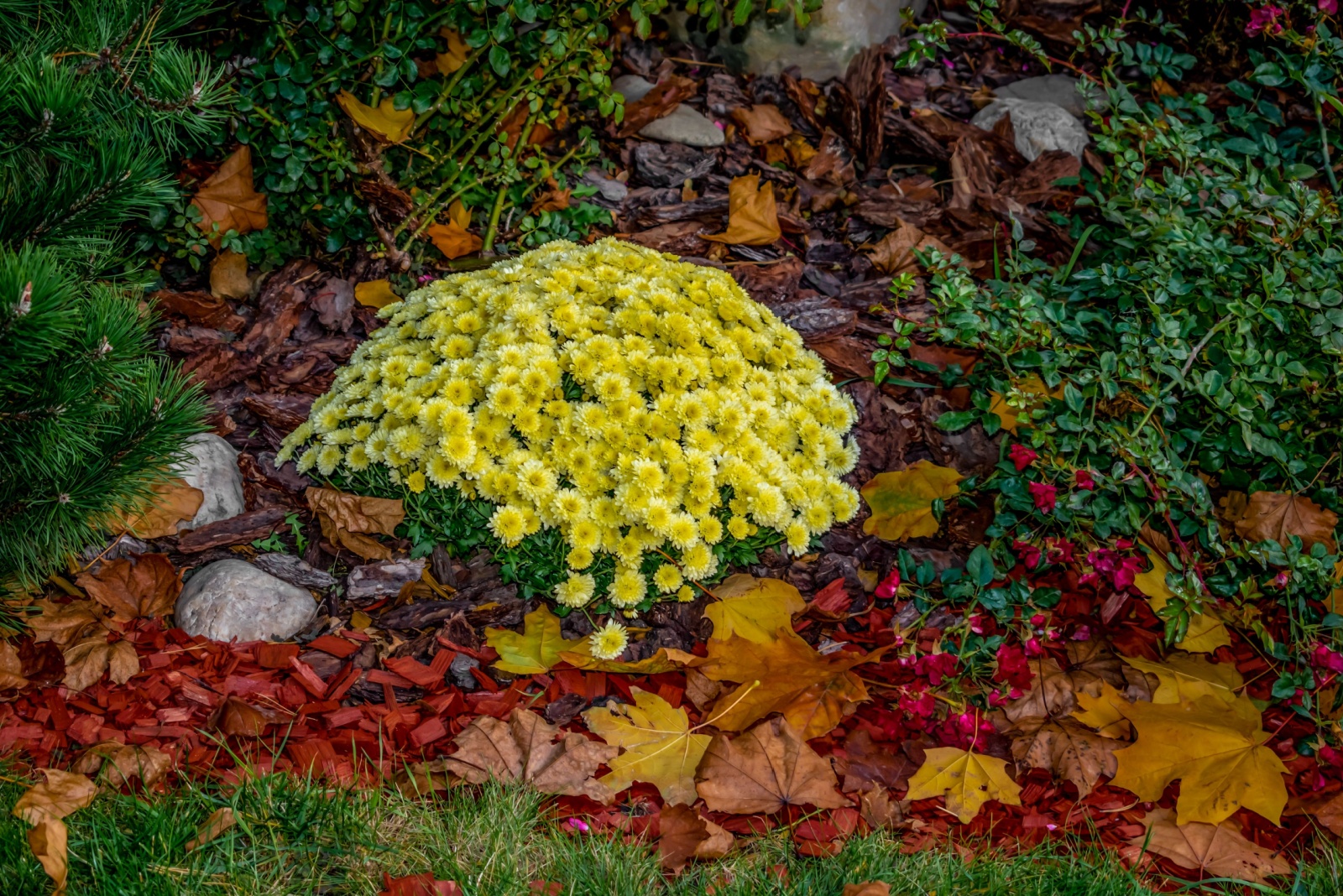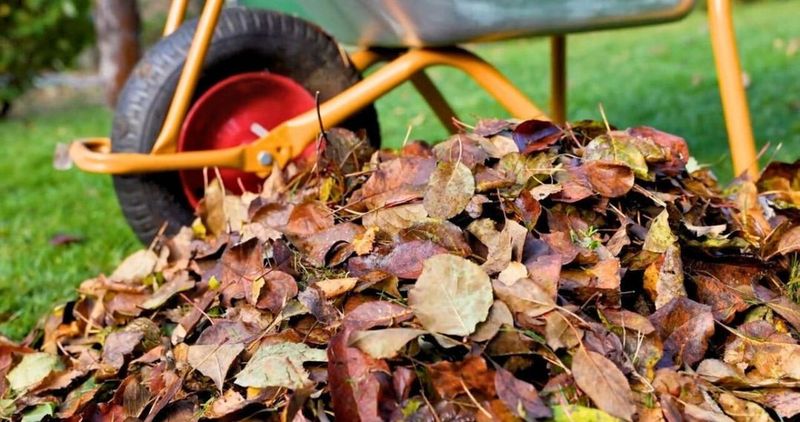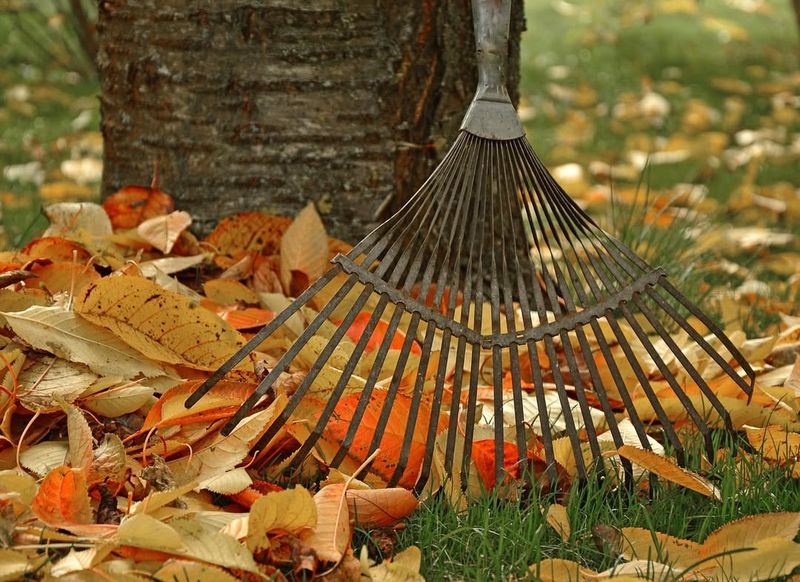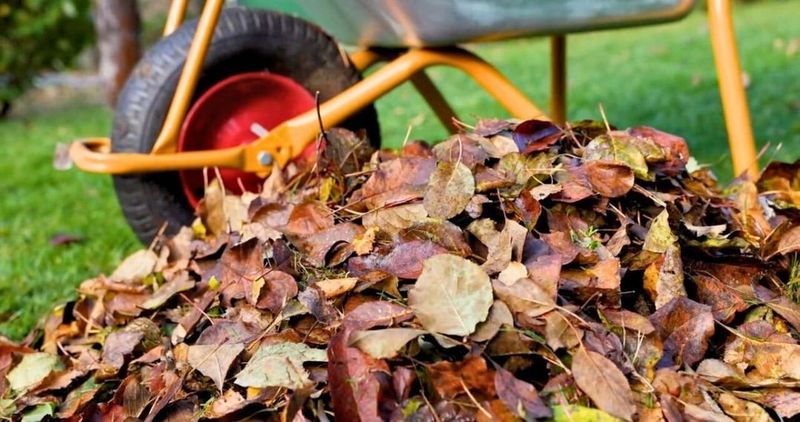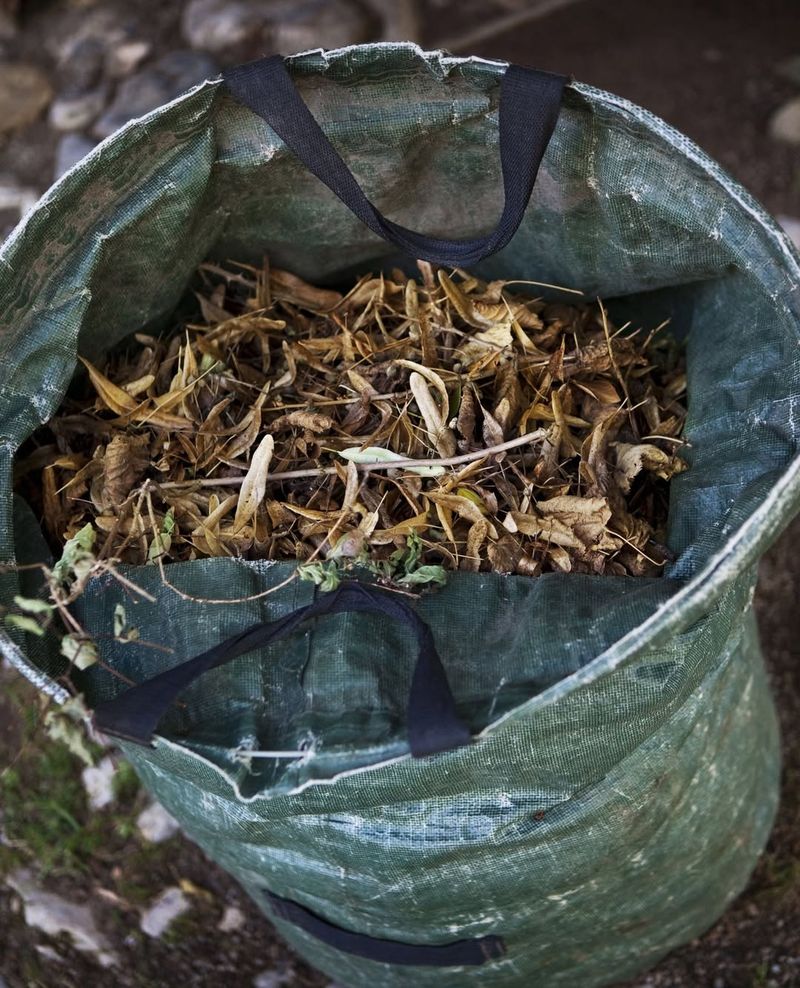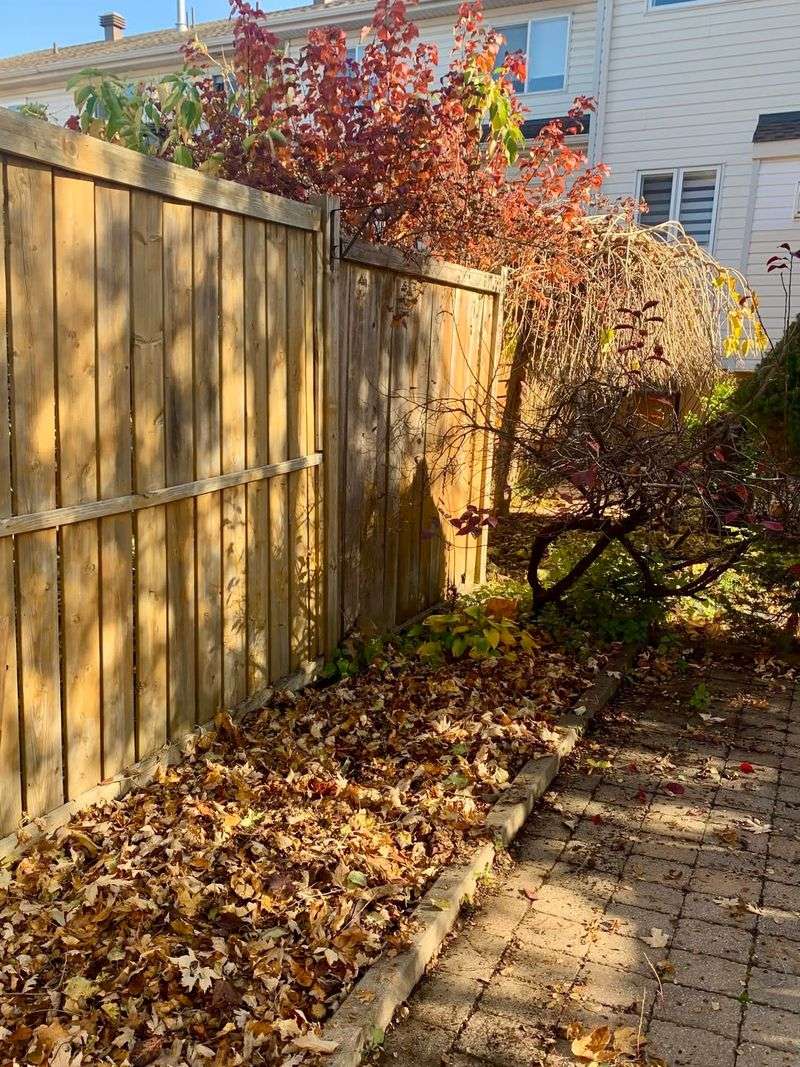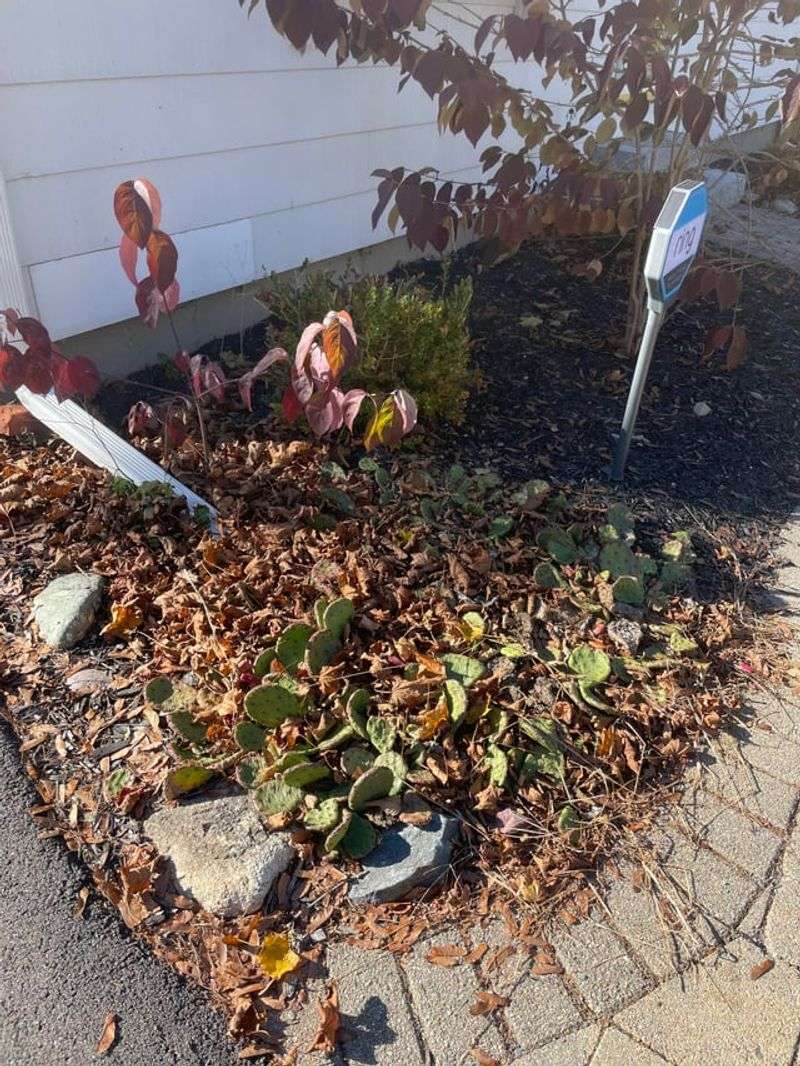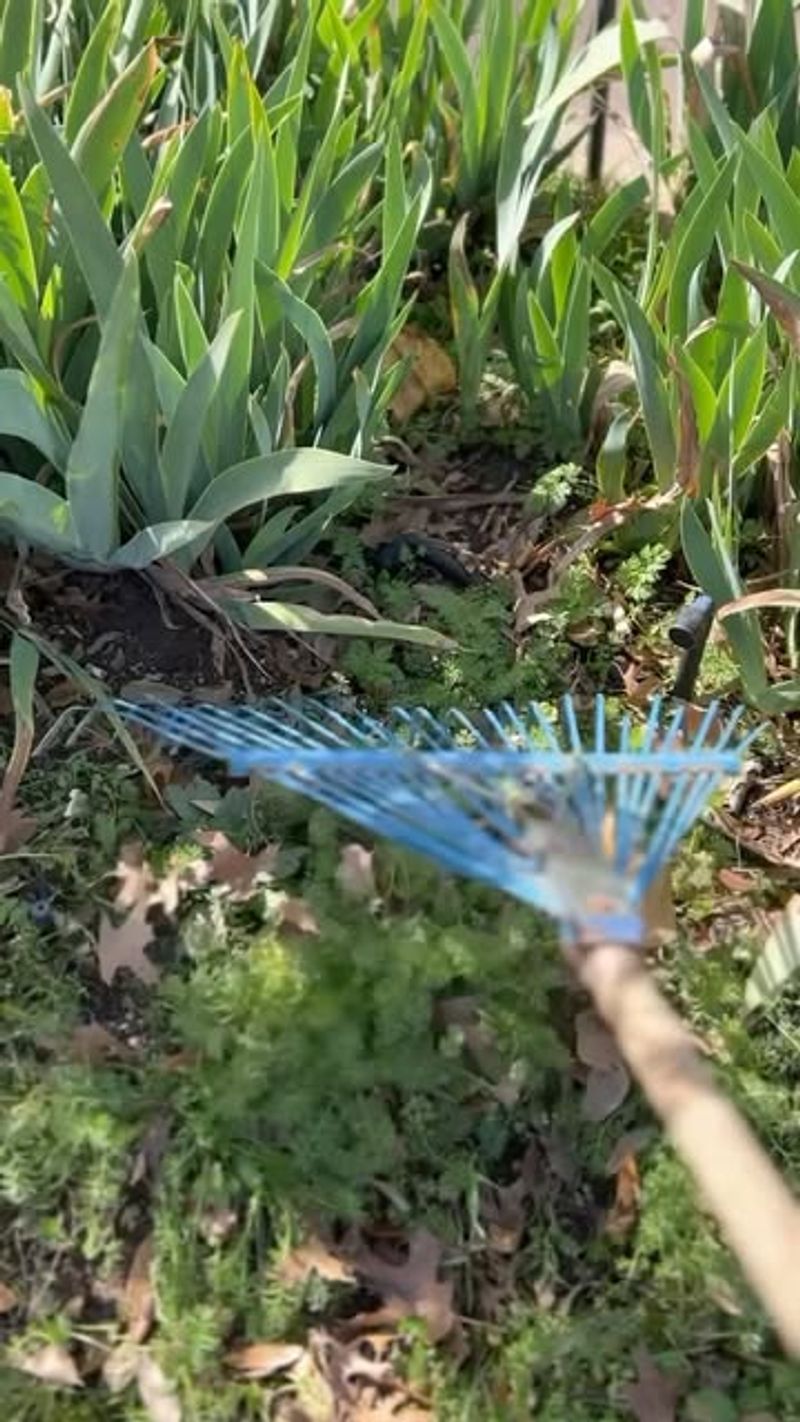Fall in Michigan lays down a blanket of vibrant leaves across lawns and garden beds. It’s beautiful—but when those leaves pile up, you might wonder whether to clear them or let them be.
Leaving them can insulate your soil and feed beneficial insects, but too much buildup may smother plants. It’s a balancing act between protection and potential harm.
I’ve found that lightly mulching or clearing dense layers works best. It keeps your garden healthy and looking good when spring rolls around.
1. Natural Mulch Protects Plant Roots
Fallen leaves act like a cozy blanket for your flower bed during Michigan’s harsh winters. They insulate plant roots from freezing temperatures and sudden temperature swings that can damage perennials.
As leaves break down slowly, they add nutrients back into the soil. Your plants get free fertilizer without any extra work from you, making this nature’s own recycling system that saves money and effort.
2. Thick Leaf Layers Can Smother Flowers
When leaves pile up too thick, they can actually harm your plants instead of helping them. A heavy mat of wet leaves blocks air circulation and traps moisture against plant crowns.
This creates perfect conditions for fungal diseases and rot to develop over winter. Delicate perennials might struggle to push through dense leaf packs when spring arrives, weakening them or preventing growth altogether in severe cases.
3. Shredded Leaves Work Better Than Whole Ones
Running your lawn mower over leaves before adding them to flower beds makes a huge difference. Shredded leaves break down faster and create a lighter mulch layer that won’t compact as easily.
Smaller leaf pieces allow water and air to reach the soil while still providing insulation and nutrients. You get all the benefits without the smothering effect, and shredded leaves look neater too for those who care about winter garden appearance.
4. Some Leaves Are Better Than Others
Not all fallen leaves benefit your flower beds equally. Oak and maple leaves break down at a moderate pace and make excellent mulch for most gardens.
However, walnut leaves contain a chemical called juglone that can harm many flowering plants. Thick, waxy leaves like magnolia take forever to decompose and can create problems. Know your trees before deciding which leaves to keep in your beds.
5. Pests Love Hiding In Leaf Piles
Leaf-covered flower beds provide cozy winter homes for both beneficial insects and unwanted pests. While ground beetles and ladybugs are welcome guests, slugs and certain plant-eating insects also take shelter there.
Mice and voles might nest in thick leaf layers and nibble on plant bulbs and roots during winter. If you’ve had pest problems before, removing leaves might prevent bigger issues when gardening season returns to Michigan.
6. Removing Leaves Keeps Beds Looking Tidy
Many gardeners prefer the clean, organized appearance of leaf-free flower beds throughout winter months. Removed leaves prevent that messy, neglected look some neighborhoods frown upon.
Clear beds also make it easier to spot any winter problems like animal damage or unexpected plant growth. You can still mulch with purchased materials for protection while maintaining that crisp, manicured garden aesthetic that some homeowners associations require or personal preferences demand.
7. Compromise With Selective Leaf Removal
You don’t have to choose all-or-nothing when it comes to leaves in flower beds. Remove excess leaves from directly on top of plant crowns while leaving a thin layer between plants.
This approach gives you protection and nutrients without the smothering effect. Focus removal efforts on delicate plants while letting tougher perennials enjoy thicker coverage. This balanced method works well for most Michigan gardens with mixed plantings and varying plant needs.
8. Consider Your Specific Plant Types
Different flowers have different needs when it comes to winter leaf coverage. Tough native Michigan perennials like coneflowers and black-eyed Susans handle leaf mulch beautifully and even benefit from it.
Delicate plants like primroses or plants with evergreen foliage need clear space around their leaves to prevent rot. Research your specific flower varieties before deciding, as their individual requirements should guide your leaf management strategy each fall.

